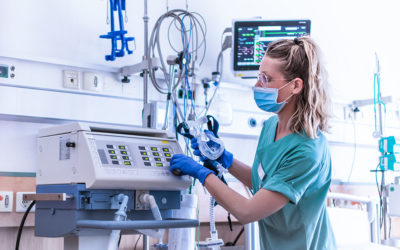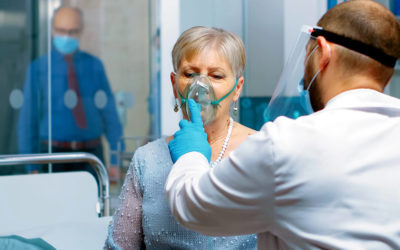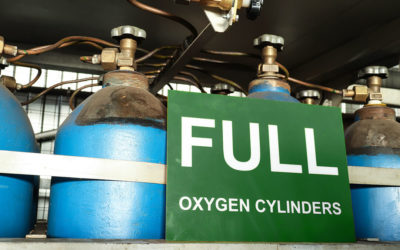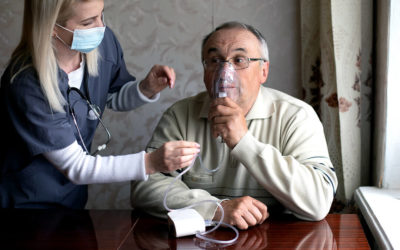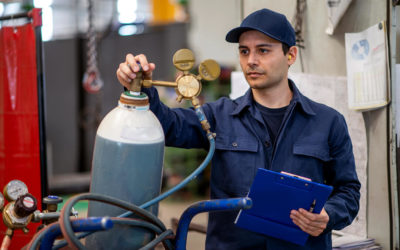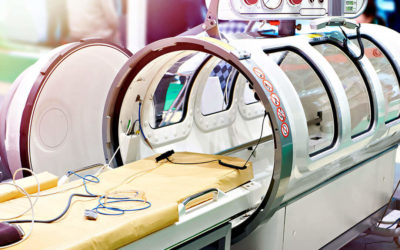Blog
No Results Found
The page you requested could not be found. Try refining your search, or use the navigation above to locate the post.
Will Too Much Oxygen Hurt You?
Oxygen toxicity, also known as oxygen poisoning, is lung damage that is caused by breathing in too much extra oxygen. Oxygen toxicity is a risk for people who are using medical oxygen. Learn more about the symptoms of oxygen toxicity and more!
CO2 Baths: What You Should Know About One of Eastern Europe’s Favorite Spa Treatments
CO2 laser resurfacing treatments aim to remove unwanted things on your skin, such as warts, scars and wrinkles, and CO2 baths aim to lower your blood pressure, support your kidney health and speed up your metabolism. Read more about these two treatments!
What Is Nitric Oxide Therapy?
Nitric oxide has been used as a treatment for heart issues and acute respiratory syndrome for more than 20 years, and it’s also proven an effective treatment for COVID-19. Learn about the benefits and side effects of nitric oxide therapy.
Why Liquid Nitrogen Is the Cookie Monster’s New BFF
Liquid nitrogen has many practical uses for foodmakers, including keeping foods ice cold and increasing shelf life of ingredients. Learn more about the benefits of liquid nitrogen in food preparation and production.
What the Medical Gas Industry Learned From the Pandemic
As the COVID-19 pandemic exposed critical issues regarding the supply and price of medical-grade gases, the medical gas industry worked together to address these challenges to ensure a safe and affordable supply.
How Liquid Nitrogen Dosing Might Transform Your Next Cocktail or Cold Brew
Liquid nitrogen doses in your beverages can do several things to benefit your products, including cleaning and preserving beverages. Learn how liquid nitrogen can improve the shelf life and quality of your drinks and much more.
Oxygen For Emphysema
With no definitive cure for emphysema, oxygen therapy remains one of the most common treatments. Learn more about the signs of emphysema, and the benefits and benefits and risks of using oxygen as a treatment for emphysema.
How CO2 Fire Suppression Systems Work
Using carbon dioxide gas as a fire suppression system can put out fires with minimal damage to your home or business. Learn more about how carbon dioxide can protect your valuable property.
Gas Cylinder Safety
Due to the high pressures that the gases are stored at, there are several safety regulations, rules, and guidelines that should be followed to ensure the gas is stored correctly and that users can operate gas cylinders safely.
Hyperbaric Oxygen Therapy for Opioid Addiction
In a recent study, a research team found promising results when testing to see if Hyperbaric Oxygen Therapy would have positive effects on those living with opioid addiction. Learn more about their findings, and about the benefits of Hyperbaric Oxygen Therapy
